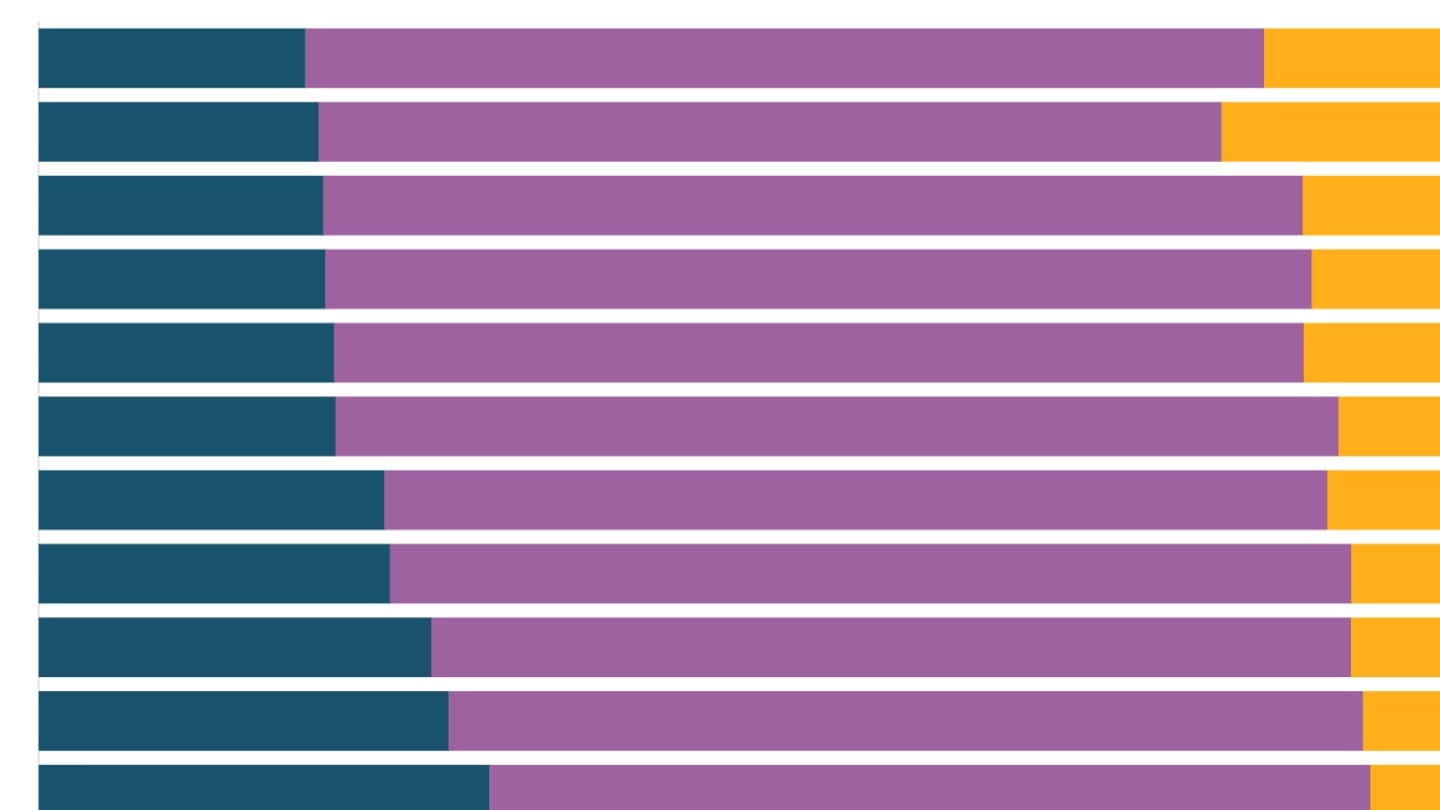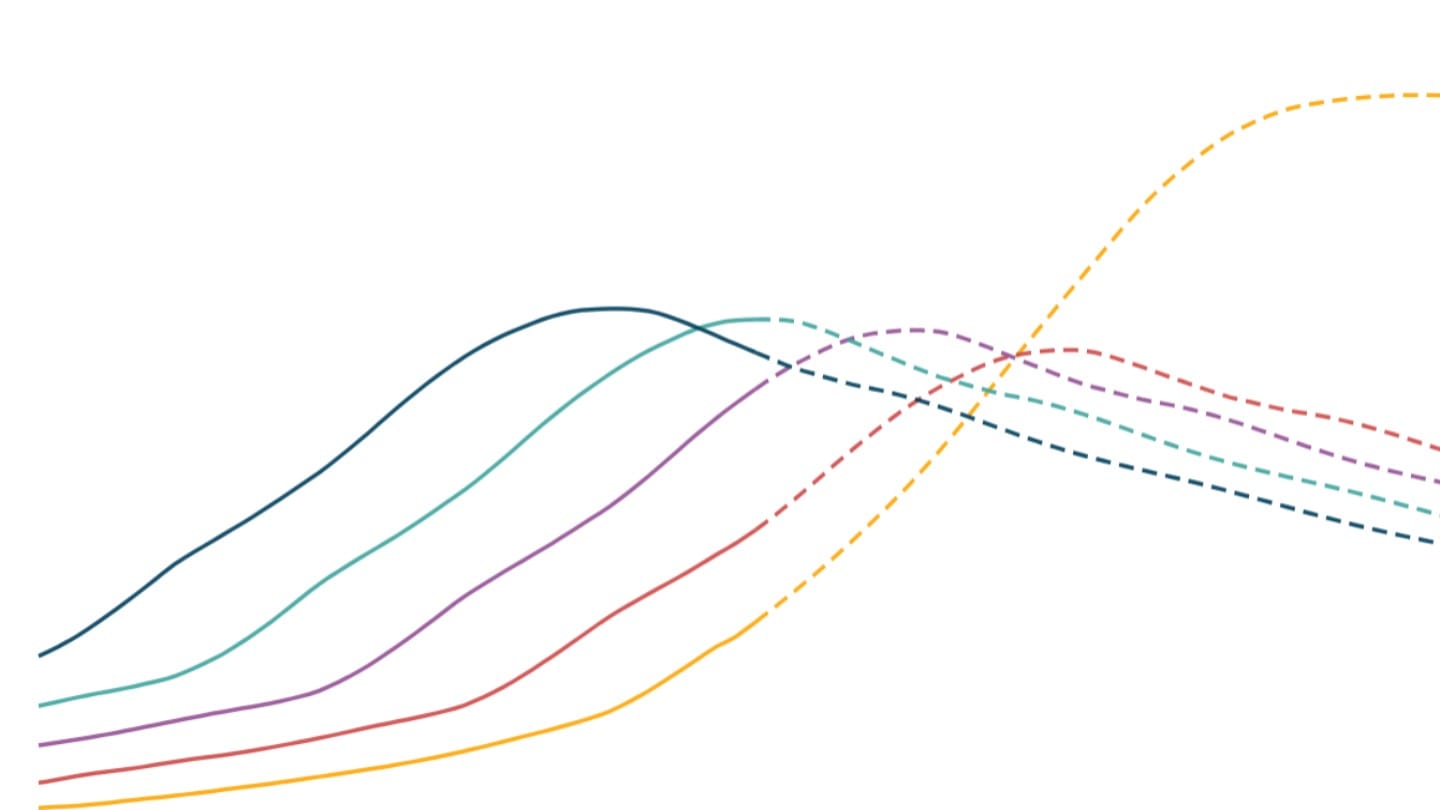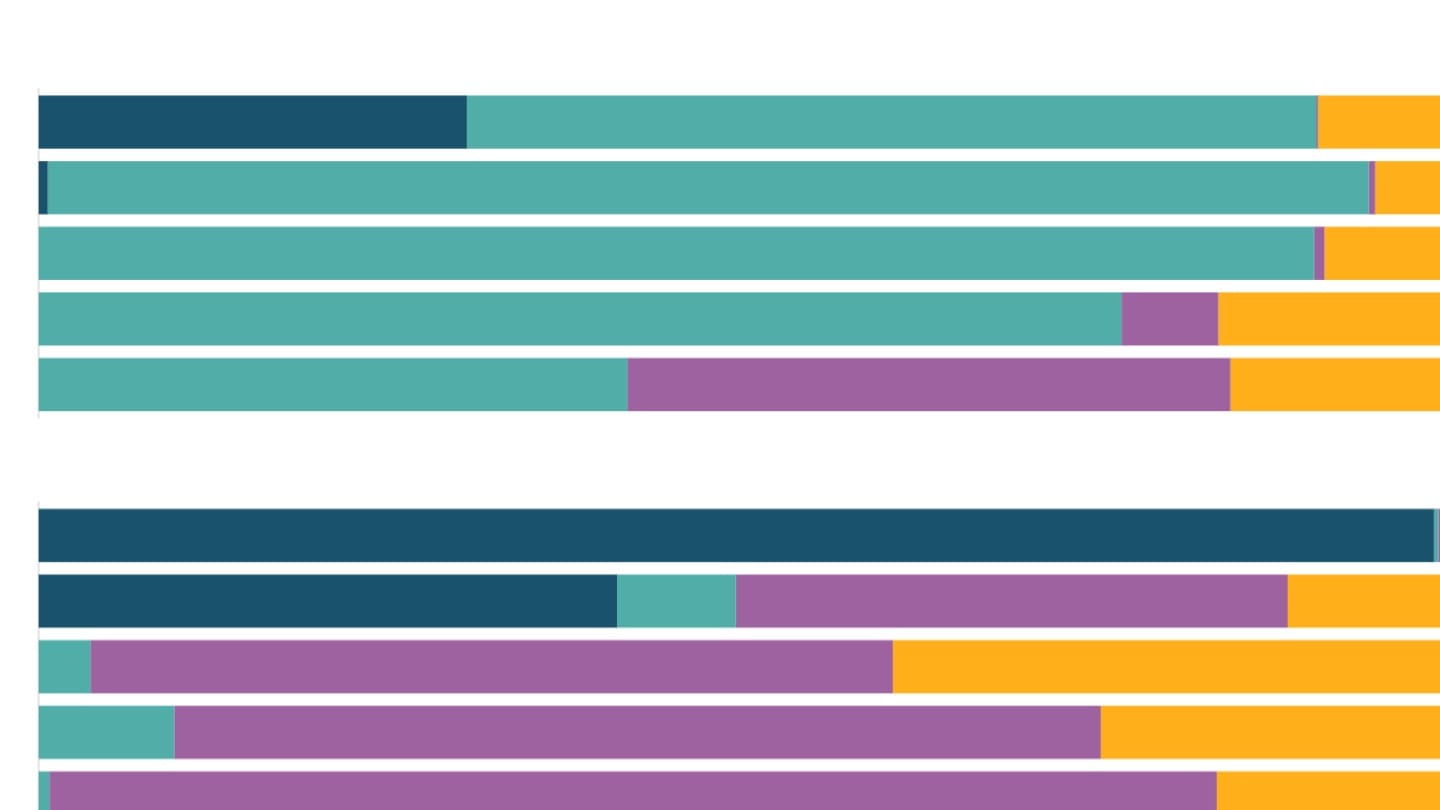Data update: births and deaths in India
Newer Indian and international data on population growth, fertility, mortality and ageing have allowed us to substantially update our work on these topics. We outline the changes in Indian demographics that our updates reflect.
At Data For India, we periodically update our work to reflect newer data and insights about India and the world. Our work on population and health relies substantially on two key data sources - India's Sample Registration System, under the Registrar General of India, for annual estimates of fertility, mortality and other demographic indicators in India, and the United Nations Population Division's World Population Prospects database for global data.
With the release of new data from both of these sources, Data For India has published a major update of our work on these topics. These updates apply to the data used in our charts as well as to the insights derived from the data in our published work, and reflect the following major changes:
Sharp decline in fertility rates
- India's Total Fertility Rate (TFR) is now 1.9 children for every woman. What this means, is that the average Indian woman is now expected to have fewer than two children in her lifetime. When the TFR of a country falls below 2.1, it is described to have reached 'replacement' fertility - a major milestone in a country's demographic transition, and a signal of an upcoming decline in the country's population.
- The fertility rate in many Indian states is now as low, or lower, than many countries in the developed world.
- Fertility has fallen across the country, even in its relatively poorer states with historically higher rates of fertility. Even in Bihar, India's highest fertility state, TFR is now below 3.0 children per woman.
Mortality is moving towards older age groups, and is rising
- Infant mortality, a major contributor to deaths in India, has fallen further to 25 deaths among children under the age of one for every 1,000 live births in a year. Deaths in early childhood now account for fewer than one in ten deaths in India.
- Maternal mortality has continued to fall and is now at 88 maternal deaths per 100,000 live births. However, India is still some distance from its 2030 Sustainable Development Goals target.
- Life expectancy declined slightly during the COVID-19 pandemic for the first time in modern Indian history, but has now recovered to its pre-pandemic level of over 70 years.
- After declining continuously since the 1950s, death rates in India - the number of deaths every year relative to the population - shot up during the pandemic. While death rates have now recovered to pre-pandemic levels, this indicator is now projected to steadily rise as a result of an ageing population.
- Non-communicable diseases like heart disease and cancers are the leading causes of death in India. However the share of deaths caused by communicable diseases shot up during the pandemic.
- The share of deaths caused by malaria and road accidents have also seen significant changes.
About the data
- India's Sample Registration System, under the Registrar General of India, produces annual estimates of fertility, mortality and other demographic indicators based on a large, nationally representative sample survey. In October 2022, the SRS published annual estimates for the year 2020. Subsequently, no new data was published for the next three years. In May, June and September 2025, the RGI published annual SRS estimates for 2021, 2022 and 2023. This Data For India update reflects those changes for India.
- The United Nations Population Division publishes revisions to the World Population Prospects database every two years. This Data For India update reflects the 2024 revision.




